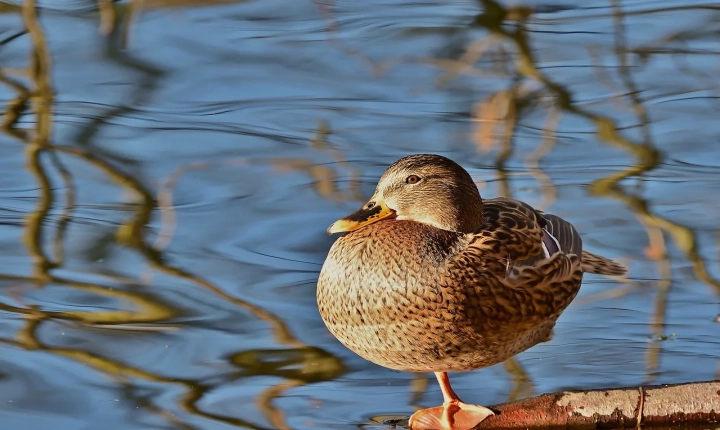Title: Is AI Replacing Artists? Exploring the Rise of Artificial Intelligence in the Artistic World
Artificial intelligence (AI) has become a pervasive force in many industries, revolutionizing the way tasks are performed and content is created. From virtual assistants to automated customer service, AI has demonstrated its potential to streamline operations and improve productivity. However, as the capabilities of AI continue to expand, there is a growing concern about whether AI is on track to replace human artists.
The integration of AI in the creative sphere has given rise to a myriad of AI-generated art, music, and literature. This has sparked a debate about the role of AI in the artistic world and its potential to supplant human creativity. Proponents of AI-generated art argue that it offers a new and innovative form of creative expression, while skeptics worry about the impact it may have on the livelihoods of human artists.
One of the most prominent areas in which AI has made significant inroads is visual art. Generative adversarial networks (GANs) and deep learning algorithms have been used to create visually striking artworks, some of which have been sold for significant sums at auctions. Organizations like the Google Arts and Culture Lab have also developed AI tools that allow users to generate art based on their own input, blurring the lines between human and machine creativity.
In the realm of music, AI-generated compositions have been gaining traction, with platforms like Jukedeck and Amper Music enabling users to create custom music tracks using AI algorithms. These tools utilize machine learning to analyze musical patterns and generate compositions that mimic the style of different genres and artists. While AI-generated music may lack the emotional depth and personal touch of human compositions, it has proven to be a cost-effective solution for content creators.
Literature has not been immune to the influence of AI, with language generation models like OpenAI’s GPT-3 capable of producing coherent and contextually relevant text. While AI-generated literature may lack the depth and complexity of human-authored works, it has the potential to be used in content creation and curation, particularly in the realm of journalism and content marketing.
The rise of AI-generated art has undoubtedly sparked a dialogue about the future of human creativity. Some argue that AI can enhance and complement human artistic endeavors, enabling artists to explore new techniques and styles. Others fear that AI could devalue the unique qualities of human creativity and diminish the role of artists in society.
It is important to acknowledge that while AI-generated art has made significant strides, it is not a direct replacement for human creativity. The emotional depth, personal experiences, and unique perspectives that human artists bring to their work cannot be replicated by AI algorithms. Art is a deeply personal and subjective form of expression, and the human element is crucial to its creation and interpretation.
Instead of viewing AI as a threat to artists, it can be seen as a tool that expands the creative toolkit available to artists and creators. AI can be used to augment the creative process, serving as a source of inspiration or a means to explore new artistic territories. As AI continues to evolve, it is likely to become an integral part of the artistic landscape, offering new possibilities for expression and collaboration.
In conclusion, while AI has made significant inroads into the artistic world, it is not poised to replace human artists. Instead, AI represents a new frontier in creativity, offering artists and creators new tools and opportunities for exploration. As we continue to navigate the ever-changing relationship between technology and art, it is crucial to embrace the potential of AI while recognizing the irreplaceable value of human creativity in the artistic sphere.
